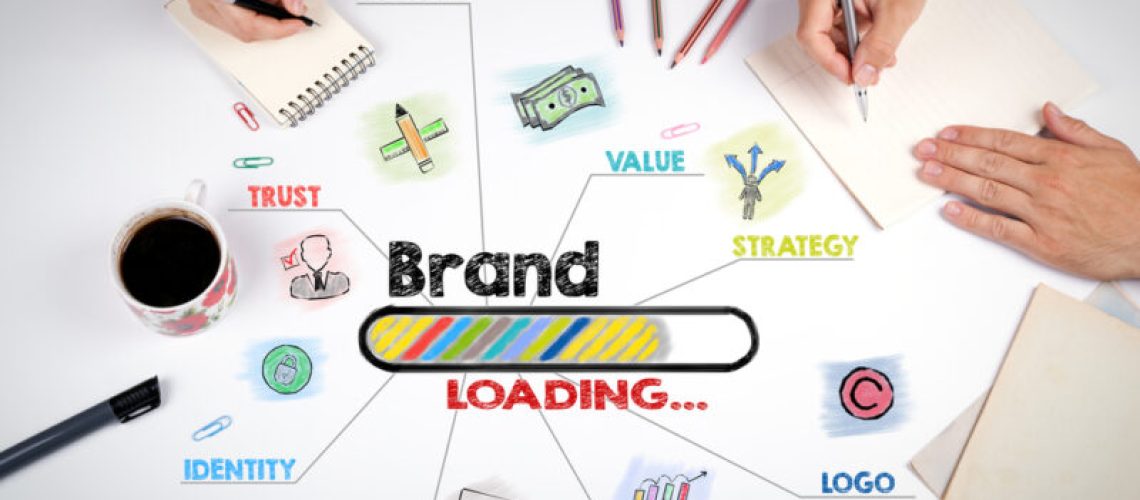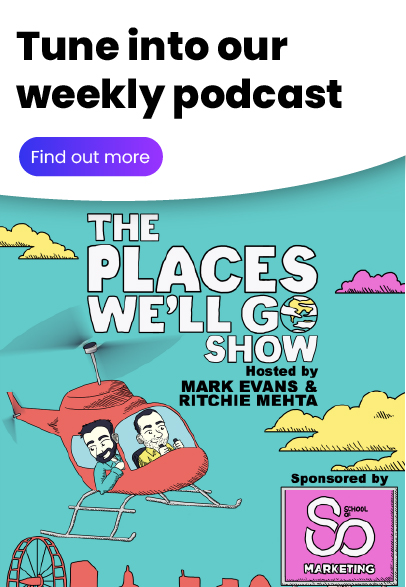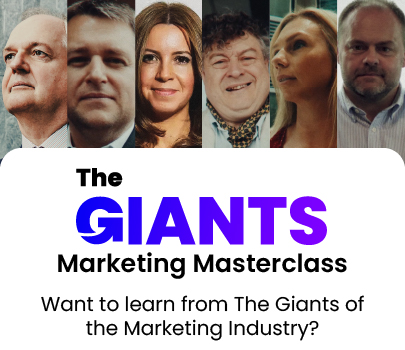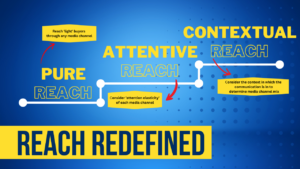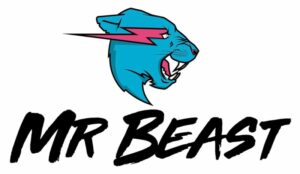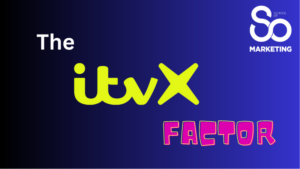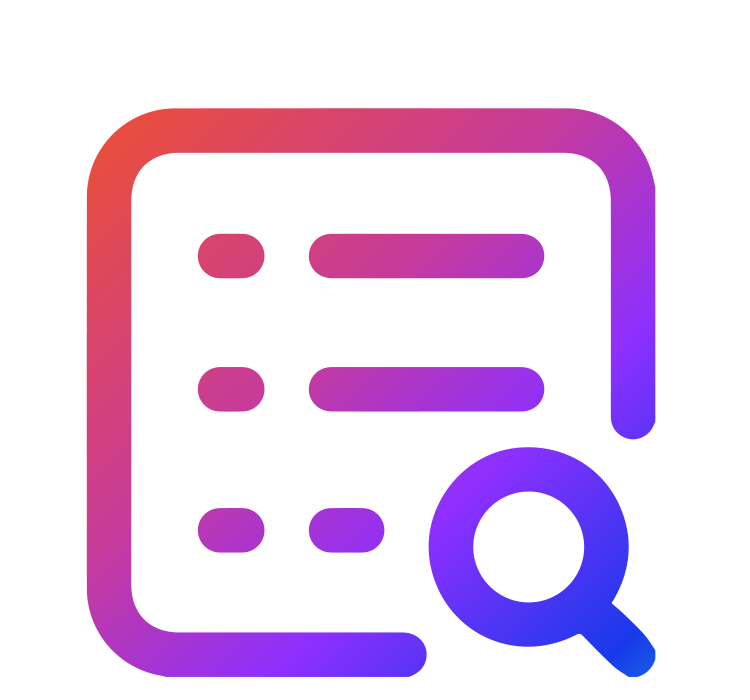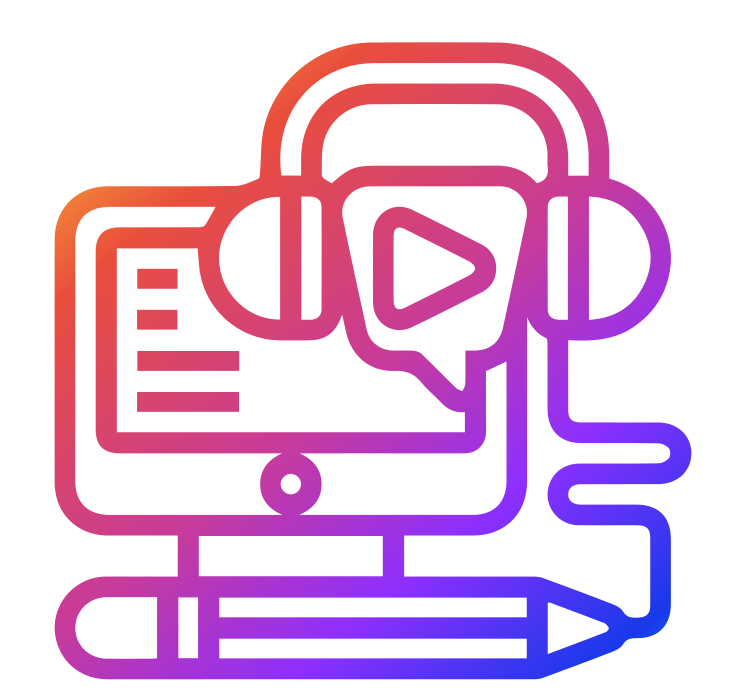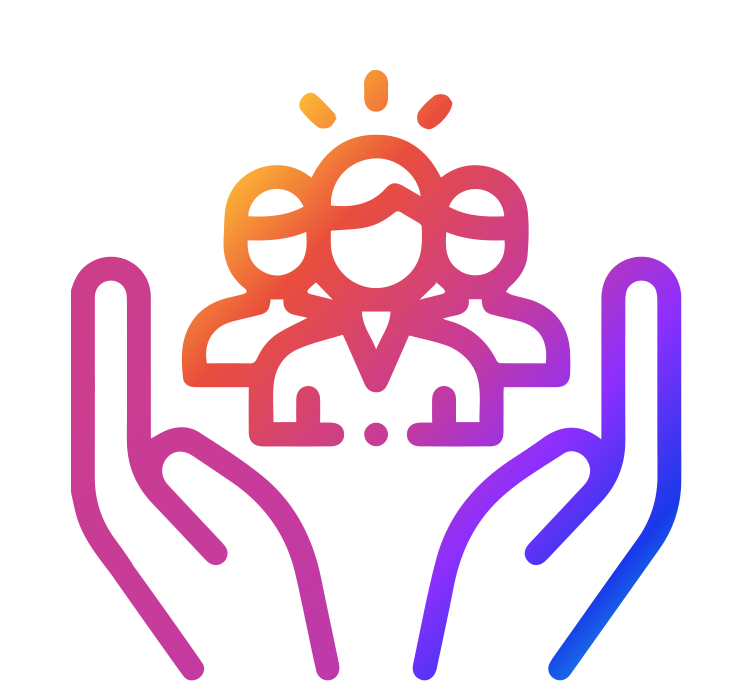Every brand needs management and nurturing in order to stay vibrant, relevant, and to grow. In today’s environment, brands need to be constantly invested in and revitalised, as consumers can get easily bored. In addition to this, stiff competition from competitors constantly investing in their own brands means that no brand can afford to be complacent.
Let’s unpack how brands can be managed, over time, in order to ensure that they stay at the top of their game.
We will introduce you to a range of tools and techniques you can use to assess the current position of your brand, and then determine ways you can evolve your brand position. So, let’s get started.
It is important to understand how your brand is currently perceived by your stakeholders. In order to achieve this, you need to conduct extensive market research to determine exactly what people think of your brand.
There are three tools that we are going to introduce you to:
- Brand Pyramid
- Keller’s Pyramid
- Brand Tracking
Brand Management Framework 1: Brand Pyramid
This tool should not be mistaken for Keller’s Pyramid model (that follows), as they serve different purposes. The brand pyramid tool should be used to present an overall picture of your brand. It’s an easy-to-use diagnostic tool that helps determine the power of your brand, and helps you focus on key areas that need improvement.
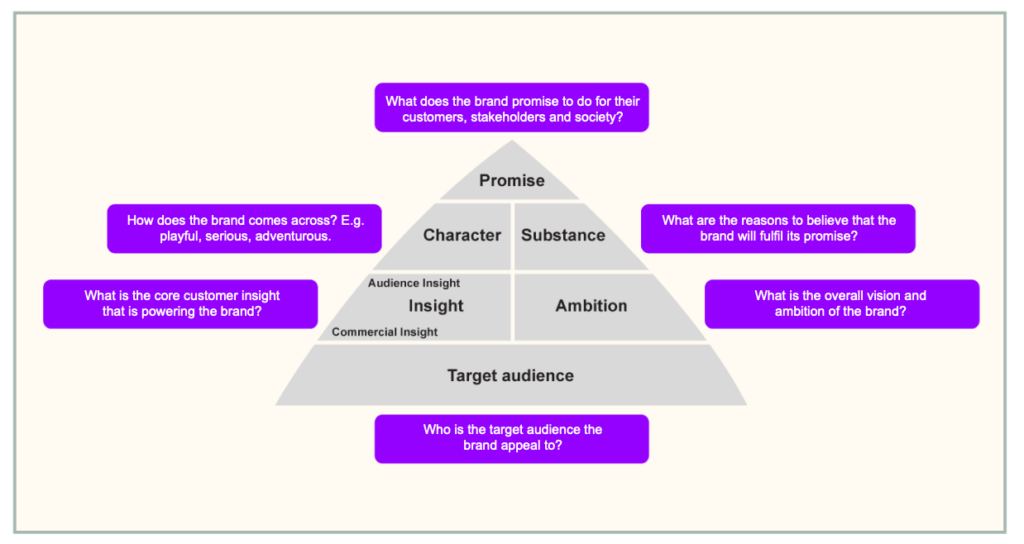
Keller’s Pyramid
The Keller’s Pyramid model, developed in 1993, is a useful way of understanding how brands create value.
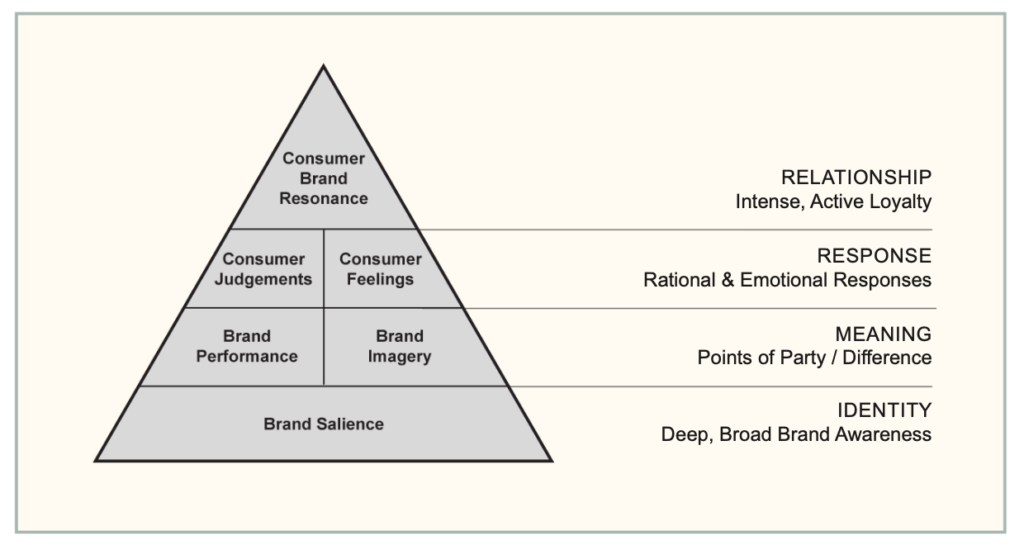
Brand Salience:
Brand salience is the degree to which a consumer thinks of, or notices your brand. For example, if they want to quench their thirst, the brand they think of first has high brand salience. In essence, it’s determining the extent to which you are ‘front of mind’ for the customer.
Brand Performance:
This is the extent to which you’re brand management and performance meets and exceeds a customer’s expectations. It relates to the entire proposition and whether its features and benefits do actually meet a customer’s needs. Furthermore, it highlights the extent to which the customer considers the brand to add tangible value to their lives.
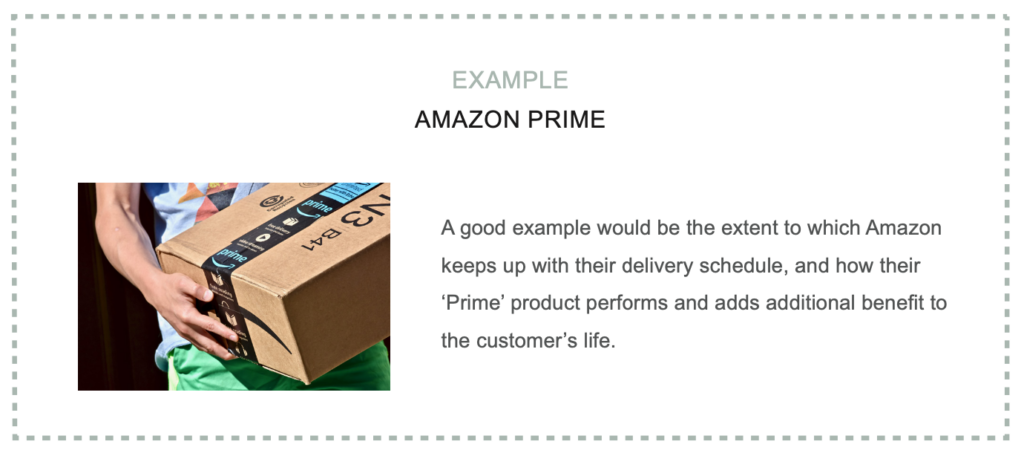
Brand Imagery:
Imagery refers to the attributes of the product or service. For instance, this could include a new ‘look and feel’ for a retail store. It’s important to have an image that appeals to customers, and makes them ‘feel’ when interacting with it.
A good example would be Nike, who have won the hearts and minds of customers through their brand imagery.
Consumer Judgements:
This is how the consumer actually feels about the brand, including if they trust the brand, and the extent to which they are satisfied with its performance.
Consumer Feelings:
This refers to how a consumer feels about a particular product or service. If they have positive emotions towards the brand, it is likely that the brand will stand out from the crowd for them.
Resonance:
This is the connection and relationship the customer has with the brand. For example:
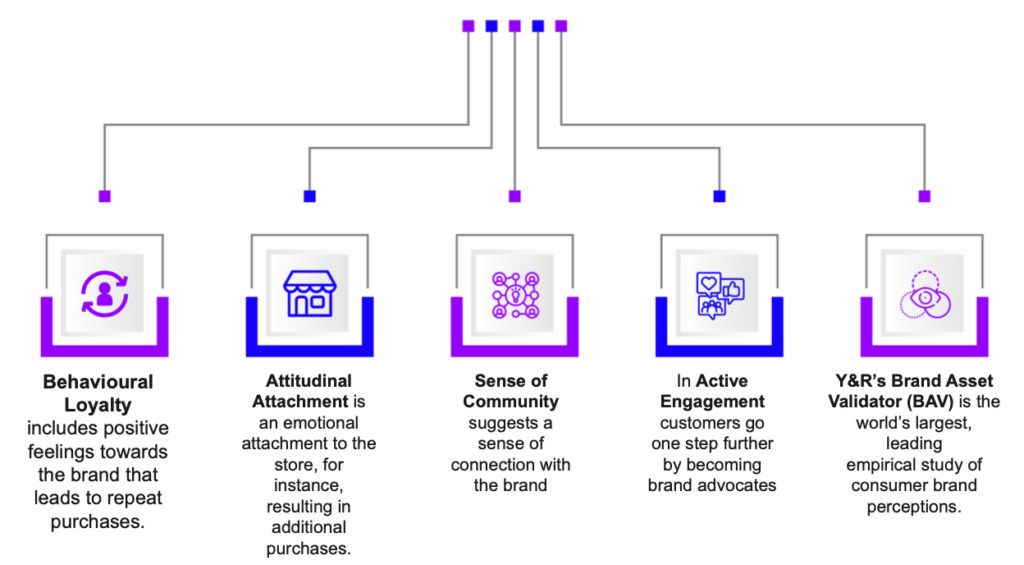
Elaborating on the Brand Asset Validator, it has measured over 60,000 brands and determines brand equity based on four key dimensions:
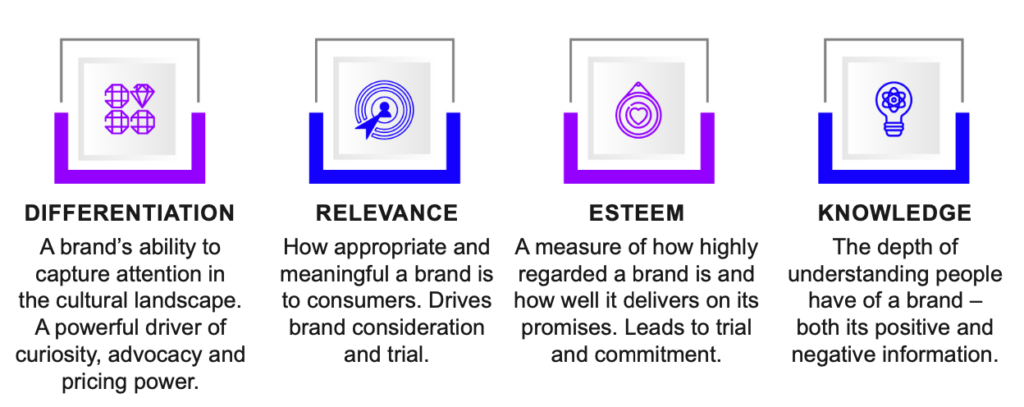
They have a good tool that you can use to assess your brand and determine its position relevant to your key competitors. You can view the tool here:
https://www.bavgroup.com/about-bav/brandassetr-valuator
Brand Framework 3: Brand Tracking
So far, we have laid emphasis on your brand’s communicational intent i.e. its products and services, or what your brand says and what your brand does. Now, we want to put emphasis on your brand’s communicational impact as part of your brand management journey i.e. how the customer perceives your brand’s products and services. Our communicational intent always has a communicational impact.
This is a truism of both Ogilvy’s and Neumeier’s definitions of a ‘brand’. So, if our branding efforts are having success, we want to keep it that way. If our branding efforts are …, we want to improve them.
But how do we track consumer opinion of our brand at any single given moment in time? One, we conduct consumer surveys/ questionnaires, and two, we analyse the data from our surveys/ questionnaires. The more frequent and thorough our market research, the more useful and actionable our data will be.
Here are a few metrics that can help us with our analysis:
a. Brand Equity: Measures how highly consumers value your brand. You can determine whether consumers have noticed, recognised, trialled, favoured, or committed to your brand.
b. Brand Awareness: Measures how recognisable your brand is to consumers. Measurements can either be aided, in which you give your consumer options, or unaided, in which you don’t give your consumer any options.
c. Brand Attributions/ associations: Measures how consumers perceive a) who you are and b) what your brand stands for. You can also determine who and what your consumers associate your brand with, and how strongly they associate your brand with those factors.
d. Brand Usage: Measures a) how often consumers buy from your brand, and b) how often consumers buy from your competitors. You can determine your brand’s market position by measuring brand usage.
e. Purchase Intent: Measures how many consumers plan on buying your brand’s products and services.
Worried about time? You can use brand tracking software, such as Qualtrics, Attest, and Millward Brown.


